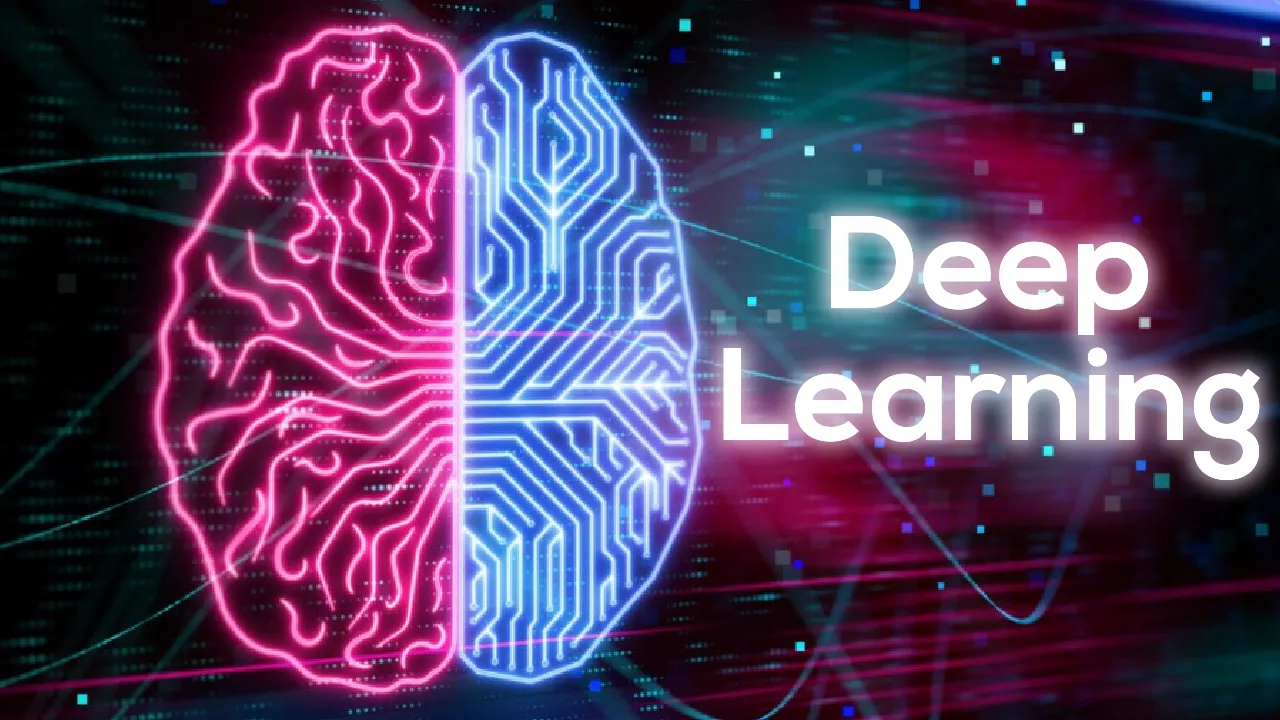Introduction
Back in 2014, researchers at Google (and other research institutions) published a paper that introduced a novel deep learning convolutional neural network architecture that was, at the time, the largest and most efficient deep neural network architecture.
The novel architecture was an Inception Network, and a variant of this Network called, GoogLeNet went on to achieve the state of the art performance in the classification computer vision task of the ImageNet LargeScale Visual Recognition Challenge 2014(ILVRC14).
We’ve come a long way from 2014, and so has the deep learning field. In 2020 several deep learning architectures achieve and exceed human-level performance in classification and object detection tasks.
However, the innovations and improvements within current convolutional neural networks have their roots set in their predecessors.
_What to expect: _This article explores the integral component of the Inception Network, this integral component is the Inception Module.
Who is this article for?
Deep learning practitioners of all levels can follow the contents and information presented in this article with relative ease. There are definitions and clear explanations wherever technical terms are introduced.
Happy Reading.
Inception Network
An inception network is a deep neural network with an architectural design that consists of repeating components referred to as Inception modules.
As mentioned earlier, this article focuses on the technical details of the inception module.
Before diving into the technical introduction of the Inception module, here are some more information as to what this article entails.
- The origination of the name given to the Inception Module
- Background into main concepts and ideas that inspired the architectural designs of the Inception module.
- Technical details of the individual components of the Inception module.
- Illustrations that depicts architecture details and internal structure of the Inception module.
- Calculations to derive the number of multiplier operations within individual Inception module components.
#machine-learning #computer-vision #data-science #deep-learning #module
